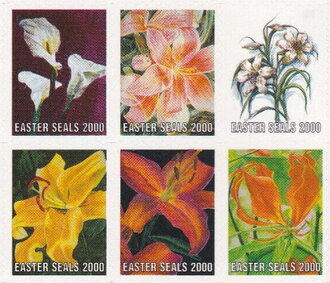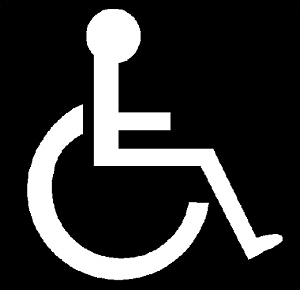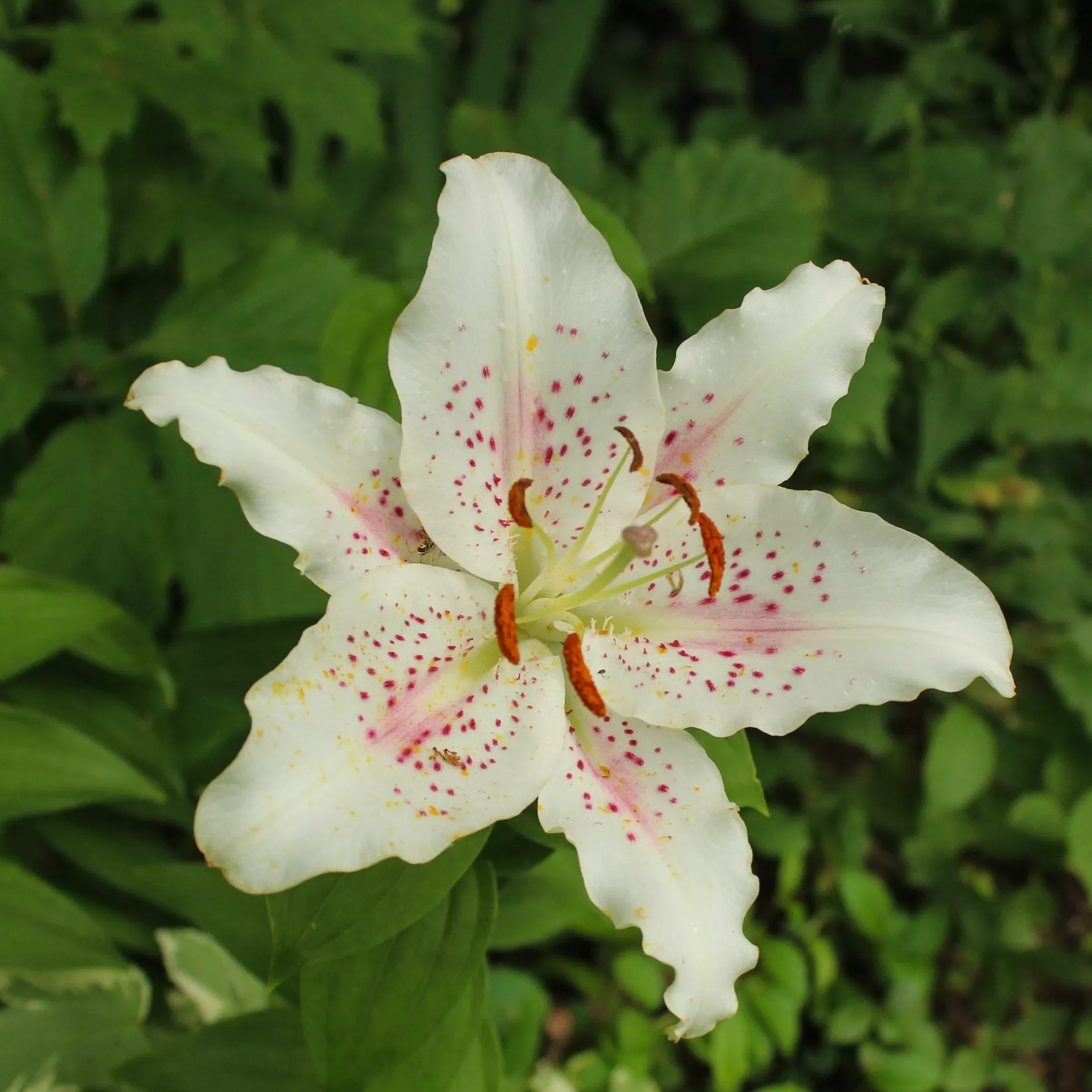Se-tenant: Easter Seals 2000 (Cinderellas 2000)
Easter Seals 2000 (Cinderellas 2000)
01 January (Cinderellas ) within release U.S.A. : Crippled Children Easter Seals goes into circulation Se-tenant Easter Seals 2000 face value None No Face Value
| Se-tenant Easter Seals 2000 in catalogues | |
|---|---|
| Colnect codes: | Col: US-CRI 2000-1/1 |
Se-tenant is square format.
Also in the issue U.S.A. : Crippled Children Easter Seals:
- Full Pane - Easter Seals 2000 face value None;
- Se-tenant - Easter Seals 2000 face value None;
- Stamp - Easter Seals 2000 face value None;
- Stamp - Easter Seals 2000 face value None;
- Stamp - Easter Seals 2000 face value None;
- Stamp - Easter Seals 2000 face value None;
- Stamp - Easter Seals 2000 face value None;
- Stamp - Easter Seals 2000 face value None;
|
Data entry completed
46%
|
|
|---|---|
| Se-tenant Easter Seals 2000 in digits | |
| Country: | Cinderellas |
| Date: | 2000-01-01 |
| Emission: | Cinderella |
| Format: | Se-tenant |
| Face Value: | None No Face Value |
Se-tenant Easter Seals 2000 it reflects the thematic directions:
help, especially in the form of money, given freely to people who are in need, for example because they are ill, poor, or have no home, and organizations that provide this help: She does a lot of work for charity.
Biologically, a child (plural: children) is a human being between the stages of birth and puberty. The legal definition of child generally refers to a minor, otherwise known as a person younger than the age of majority. Child may also describe a relationship with a parent (such as sons and daughters of any age) or, metaphorically, an authority figure, or signify group membership in a clan, tribe, or religion; it can also signify being strongly affected by a specific time, place, or circumstance, as in "a child of nature" or "a child of the Sixties". There are many social issues that affect children, such as childhood education, bullying, child poverty, dysfunctional families, child labor, hunger, and child homelessness. Children can be raised by parents, by fosterers, guardians or partially raised in a day care center.
Disability is the experience of any condition that makes it more difficult for a person to do certain activities or have equitable access within a given society. Disabilities may be cognitive, developmental, intellectual, mental, physical, sensory, or a combination of multiple factors. Disabilities can be present from birth or can be acquired during a person's lifetime. Historically, disabilities have only been recognized based on a narrow set of criteria—however, disabilities are not binary and can be present in unique characteristics depending on the individual. A disability may be readily visible, or invisible in nature.
A flower, sometimes known as a bloom or blossom, is the reproductive structure found in plants that are floral (plants of the division Magnoliophyta, also called angiosperms). The biological function of a flower is to effect reproduction, usually by providing a mechanism for the union of sperm with eggs. Flowers may facilitate outcrossing (fusion of sperm and eggs from different individuals in a population) or allow selfing (fusion of sperm and egg from the same flower). Some flowers produce diaspores without fertilization (parthenocarpy). Flowers contain sporangia and are the site where gametophytes develop. Many flowers have evolved to be attractive to animals, so as to cause them to be vectors for the transfer of pollen. After fertilization, the ovary of the flower develops into fruit containing seeds. In addition to facilitating the reproduction of flowering plants, flowers have long been admired and used by humans to beautify their environment, and also as objects of romance, ritual, religion, medicine and as a source of food.
Lilium (/ˈlɪliəm/ LIL-ee-əm) is a genus of herbaceous flowering plants growing from bulbs, all with large and often prominent flowers. Lilies are a group of flowering plants which are important in culture and literature in much of the world. Most species are native to the Northern Hemisphere and their range is temperate climates and extends into the subtropics. Many other plants have "lily" in their common names, but do not belong to the same genus and are therefore not true lilies. True lilies are known to be highly toxic to cats





